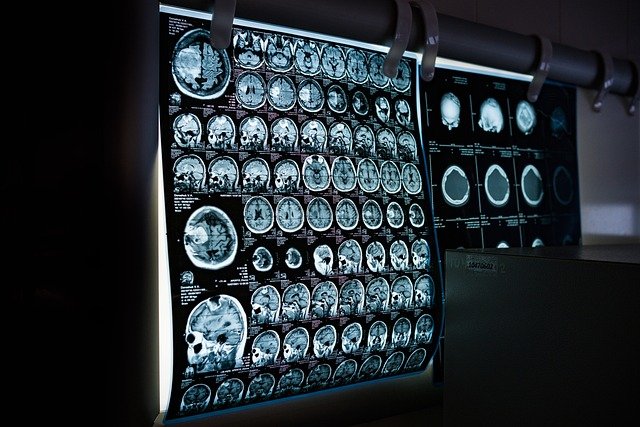Peering into the Heart of Cars: The Unseen Art of Engine Balancing
Imagine the intricate ballet inside an engine; pistons hurling up and down, crankshafts spinning, all working in perfect harmony to propel your car forward. This mechanical dance is the result of engine balancing, a little-known yet fundamental aspect of car engineering that assures smooth, efficient, and powerful performance. Delve into the fascinating world of engine balancing, its history, innovations, and its paramount role in shaping the automobiles of today and tomorrow.

The Genesis of Engine Balancing
Engine balancing is as old as the engine itself, born out of necessity to maintain the delicate harmony of motion within the engine. In the early days of the automobile industry, engineers faced numerous challenges related to engine vibrations and stability. The primitive engines were crude, bulky, and lacked the precision we see in modern cars. As a result, they suffered from excessive vibrations that hindered performance and often resulted in mechanical failures.
The solution was found in engine balancing, a process of adjusting the weight distribution within an engine to minimize vibrations. The inception of engine balancing in the late 19th century marked a turning point in engine technology, enabling the development of more powerful and reliable engines.
The Science Behind Engine Balancing
Engine balancing is a meticulous process that requires high precision and an understanding of physics. It involves equalizing the weight of the rotating and reciprocating parts of the engine to achieve optimal balance. This balance is crucial, as it ensures that the engine runs smoothly, reduces wear and tear, and enhances performance and fuel efficiency.
When an engine is out of balance, it can cause excessive vibrations, noise, and mechanical stress. These issues can lead to premature engine wear, reduced performance, and even structural damage to the car.
The Technological Evolution of Engine Balancing
Over the years, automotive manufacturers have continuously refined the process of engine balancing. The advent of computer-aided design (CAD) and computer numerical control (CNC) technologies has enabled unprecedented precision in engine manufacturing and balancing.
Today’s engines are balanced using advanced machines that can detect and correct minute imbalances within the engine parts. These machines use lasers, sensors, and complex algorithms to measure and adjust the weight distribution within the engine. This high-tech approach to engine balancing has resulted in engines that are more powerful, efficient, and reliable than ever before.
The Impact of Engine Balancing on the Automotive Industry
While engine balancing might seem like an obscure technical detail, it has had a profound impact on the automotive industry. Balanced engines are quieter, smoother, and more efficient, which translates into a better driving experience and improved fuel economy.
Furthermore, engine balancing has enabled the development of high-performance cars. Sports cars and racing cars, in particular, rely heavily on engine balancing to achieve their impressive performance. Without the advancements in engine balancing technology, these high-performance machines would simply not exist.
Conclusion
Engine balancing is a testament to the ingenuity and precision that goes into every car. This unseen art form plays a crucial role in the performance and longevity of your vehicle. As technology continues to evolve, we can expect even greater feats of engine balancing, leading to cars that are faster, more efficient, and more enjoyable to drive. So, the next time you start your car, remember the intricate ballet that’s taking place under the hood, all thanks to the art of engine balancing.




